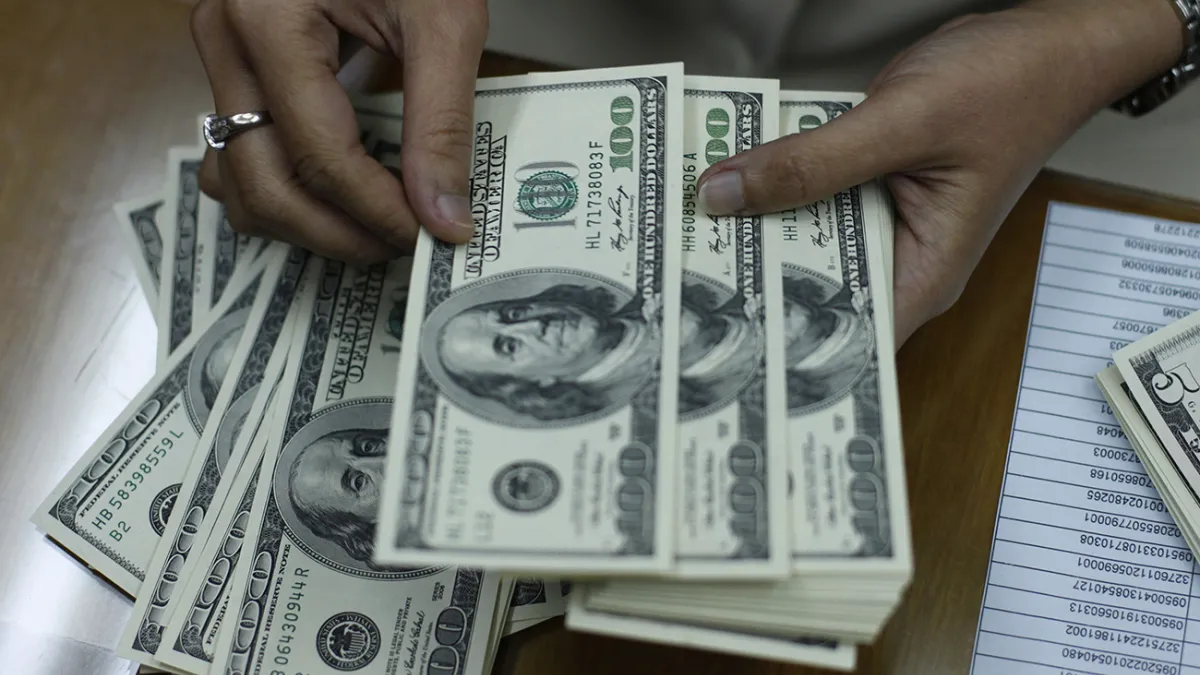
Headline inflation held steady in July, beating expectations, but a notable measure of the underlying trend suggested that inflationary pressure is increasing in the economy, the Bureau of Labor Statistics reported Tuesday.
The overall Consumer Price Index rose 0.2% in July on a monthly basis, a downtick of a tenth of a percentage point from June, while the annual overall inflation of 2.7% matched the June number, beating expectations by a tenth of a percentage point. A 2.2% drop in the price of gasoline played a major role in the decrease in the monthly rate, BLS said, with the overall energy index falling 1.6%.
At the same time, the core CPI rate, which strips out volatile food and fuel prices to give a better sense of the underlying trend, rose 0.3% from June to July. On an annual basis, the core CPI index rose 3.1% in July, above expectations, while topping the 2.9% rate recorded in June.
A glass half full: Stocks surged to record highs on Wall Street as investors bet that the inflation report would help spur the Fed to cut interest rates in September. Even though the core CPI inflation rate of 3.1% was a tenth of a percentage point higher than expected — potentially a worrying sign of growing inflationary pressure driven by President Trump’s tariffs — the headline inflation rate was seen as giving the Fed some room to cut rates.
Trump jumped on his social media platform to call for interest rate cuts, returning to a theme he had hammered in recent weeks. “Jerome ‘Too Late’ Powell must NOW lower the rate,” Trump wrote. “The damage he has done by always being Too Late is incalculable.”
Once again directing personal insults at Powell by calling him a “loser,” Trump threatened to allow “a major lawsuit against Powell to proceed” based on “the horrible, and grossly incompetent, job he has done in managing the construction of the Fed Buildings.” Although he provided no details about a potential lawsuit, Trump has loudly complained about cost overruns during the renovation of the Fed’s headquarters in Washington and has discussed firing the Fed chief, a move that would raise serious legal and ethical questions.
A glass half empty: Some analysts focused more on the bad news in the report: the acceleration of core inflation. The trend is likely to continue, many economists believe, as Trump’s latest tariffs, which took effect just last week, begin to be felt throughout the economy.
“Inflation inside the core gained steam in July as goods prices continued to increase,” RSM Chief Economist Joseph Brusuelas said in a research note. “Given that the current effective tariff rate will rise to 17.6% from 9.14% by early October, investors and firm managers should prepare for thinner margins and rising inflation.”
Brusuelas added that he still thinks the Fed will cut rates this year, but only one time.
Alan Detmeister of investment bank UBS said the consumer categories that saw bigger price increases last month, including furniture, tires and pet products, are exposed to higher import taxes. “That’s definitely a sign of tariffs passing through,” he told The Wall Street Journal.
The upward pressure on prices will likely continue as companies run out of ways to avoid or absorb the effects of the tariffs. “Those cost increases will be passed on to the consumer in some way, shape, or form,” Boston College economist Brian Bethune told the Associated Press.
Gus Faucher, the top economist at PNC Financial Services Group, told CNN that while lower gas prices helped offset the inflationary effect of Trump’s tariffs, consumers probably won’t be able to rely on that dynamic for long. “Gas prices are down, but we can’t count on that to keep inflation low,” he said. “So, even if energy prices stabilize and gas prices are just stable, then that means that overall inflation is going to be higher, and that is going to put more pressure on consumers.”
The bottom line: Inflation held steady in July overall but also showed signs of some underlying acceleration. The big question for American consumers and Fed officials is just how strong the two trends turn out to be relative to each other in the coming months.